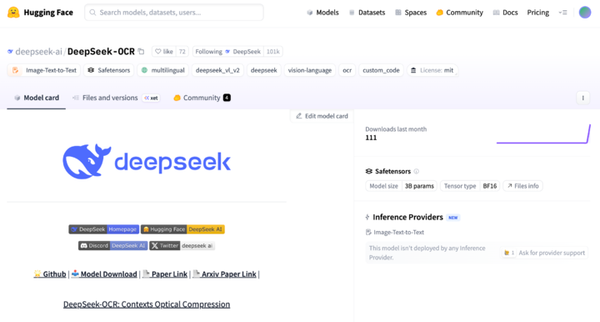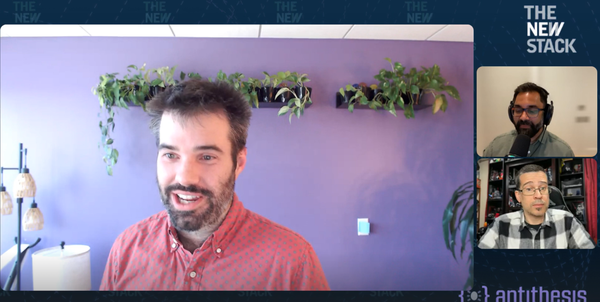GPT-5 ≈ o3.1! OpenAI Reveals Thinking Mechanism: RL + Pretraining as the True Path to AGI

GPT‑5 as “o3.1” — Insights from Jerry Tworek
OpenAI’s Vice President of Research, Jerry Tworek, shared a fascinating perspective in his first podcast interview:
> In a sense, GPT‑5 can be regarded as o3.1.
As one of the key creators behind the o1 model, Jerry views GPT‑5 not as a direct successor to GPT‑4, but as an iteration of o3. The next OpenAI goal is to create another “o3 miracle” — a model that thinks longer, reasons better, and autonomously interacts with multiple systems.

---
Key Themes from the Interview
Jerry’s hour‑long discussion with host Matt Turk covered:
- From o1 to GPT‑5 evolution and reasoning approaches
- OpenAI’s internal structure and information‑sharing philosophy
- The role of reinforcement learning (RL)
- His personal journey to OpenAI
- Vision for future models and AGI
---
“What is Model Reasoning?”
When asked “When we chat with ChatGPT, what is it thinking?” Jerry explained:
- Reasoning is like pursuit of unknown answers: calculations, information retrieval, self-learning.
- The chain of thought concept reveals the AI’s inner reasoning in human‑readable form.
- Early models required explicit prompts like “Let’s solve this step by step” to trigger logical thought chains.
- More time spent reasoning → better output, though most users dislike long waits.
- OpenAI now offers both high‑reasoning and low‑reasoning models for different use cases.
---
Evolution from o1 to o3
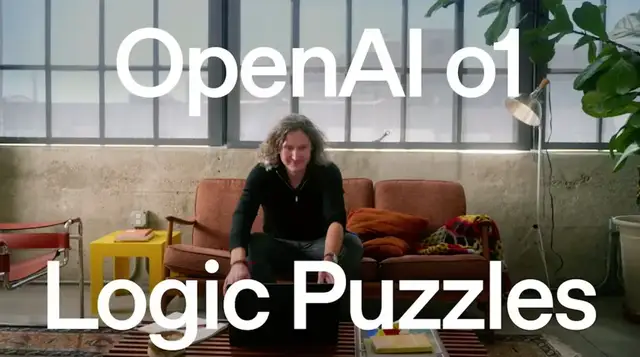
- o1: First official reasoning model — excelled at puzzles, largely a tech demo.
- o3: Structural shift — truly useful, capable of tool usage, persistent in finding answers.
- Jerry personally began to fully trust reasoning models starting with o3.
---
Jerry’s Path to OpenAI
Jerry’s journey was a blend of talent, curiosity, and career shifts:
- Early Talent
- Grew up in Poland, gifted in math & science.
- Studied math at Warsaw University, but grew tired of academic rigidity.
- Finance Career
- Trader & hedge fund founder using mathematical skills in markets.
- The RL Spark
- Inspired by DeepMind’s DQN agent, which showed true learning potential.
- Joined OpenAI in 2019, starting on the robotic Rubik’s cube project.
- Leading o1 Development
- Became widely known for advancing reasoning models.
---
Inside OpenAI’s Structure
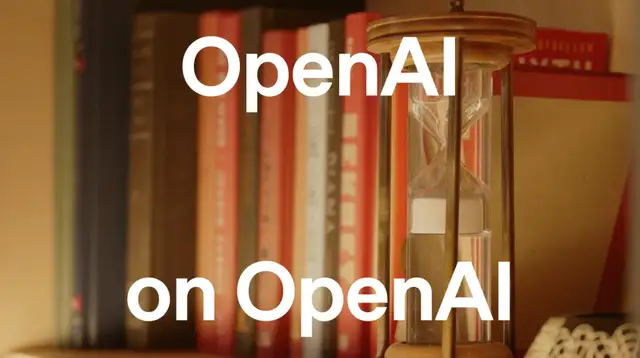
- Combination of top‑down and bottom‑up approaches
- 3–4 core projects at a time, heavy investment in each
- Researchers have full visibility on all projects
- Transparency outweighs IP leak concerns:
- > The risk of sub‑optimal work due to lack of information is greater than IP leakage risk.
---
Reinforcement Learning — Core to OpenAI
Jerry sees RL as pivotal for both his career and OpenAI’s breakthroughs:
Understanding RL
- Like training a dog: good behavior → reward; bad behavior → penalty.
- Policy: Model’s decision function mapping observations to actions
- Environment: Interactive context that responds to actions
---
RL in OpenAI Models
- Models = pretraining + RL
- Example: GPT‑4 initially lacked coherence in long responses → solved via RLHF
- RL also drove unexpected programming competition wins
---
Challenges of RL
- More intricate than pretraining
- Higher chance of failure cases and bottlenecks
- Jerry’s analogy:
- > RL vs pretraining is like semiconductor manufacturing vs steel manufacturing — far more complex.
---
DeepSeek’s GRPO Contribution
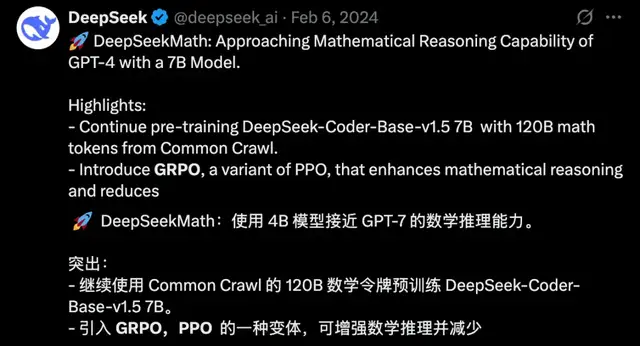
- GRPO = Group Relative Policy Optimization
- Open‑sourcing GRPO accelerated RL adoption in U.S. labs for reasoning model training
---
RL + Pretraining — Path to AGI
Jerry’s predictions:
- Agentization
- Long‑duration reasoning enabling complex tasks
- AI agents as inevitable trend
- Alignment as RL Problem
- Continuous evolution alongside human civilization
- AGI Path
- Pretraining and RL are mutually indispensable
- Future changes will add components, not replace architectures
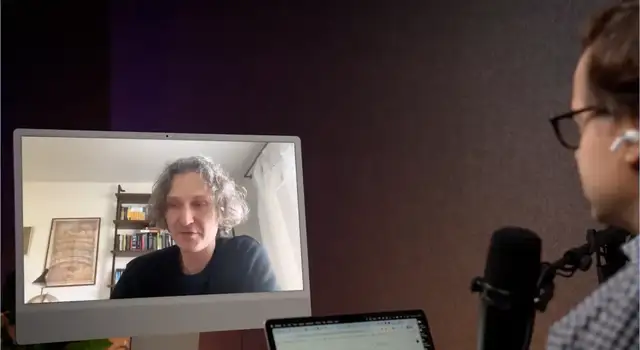
---
Tools for AI Creators
Platforms like AiToEarn官网 now empower creators to:
- Generate AI content
- Publish across multiple platforms simultaneously (Douyin, Kwai, WeChat, Bilibili, Rednote, Facebook, Instagram, LinkedIn, Threads, YouTube, Pinterest, X/Twitter)
- Analyze content performance
- Leverage rating systems for AI models
Learn more: AiToEarn博客 | AI模型排名
---
References
- https://x.com/mattturck/status/1978838545008927034
- https://www.youtube.com/watch?v=RqWIvvv3SnQ
---
If you'd like, I can create an infographic‑style summary of Jerry Tworek's insights to make this whole piece even more visually engaging. Would you like me to do that next?

